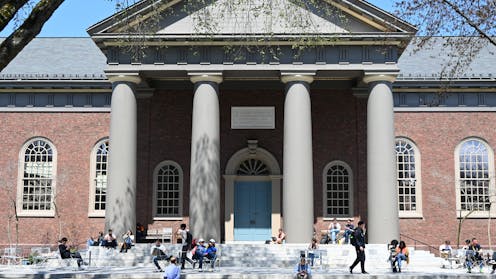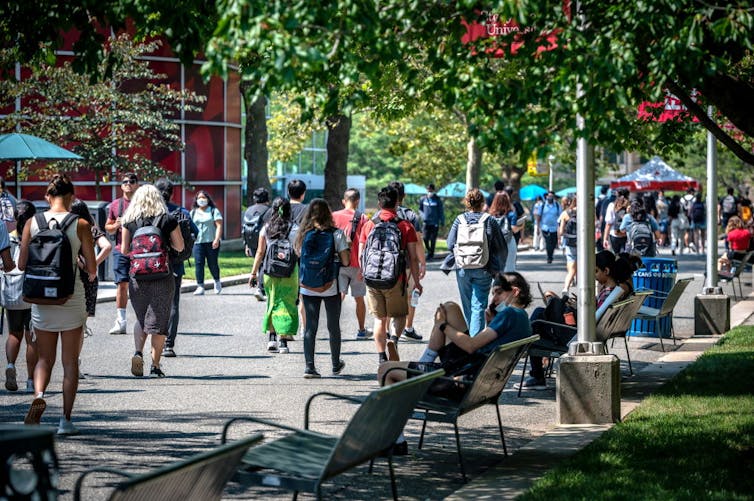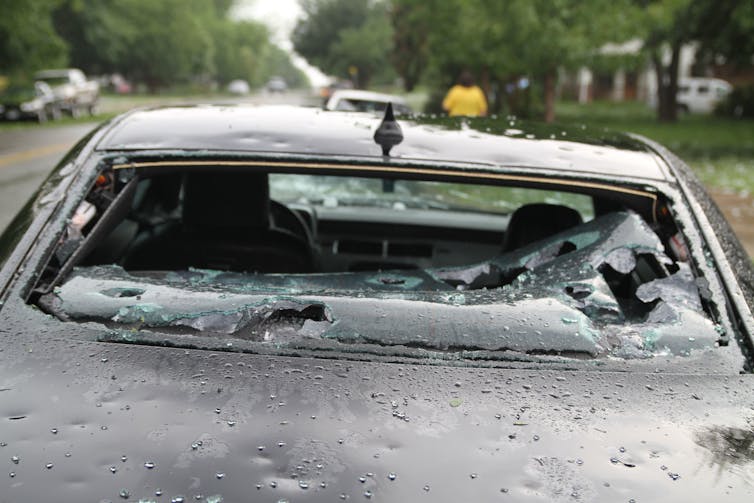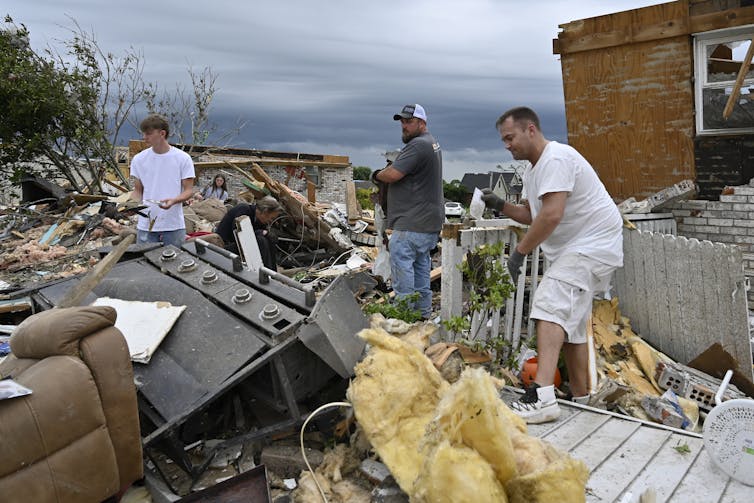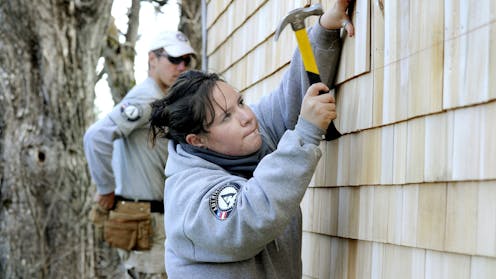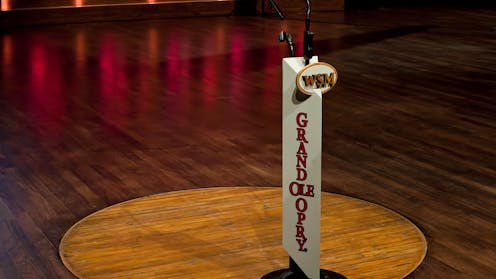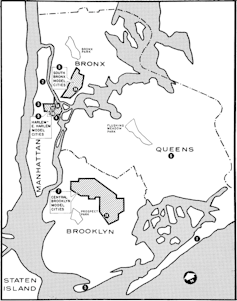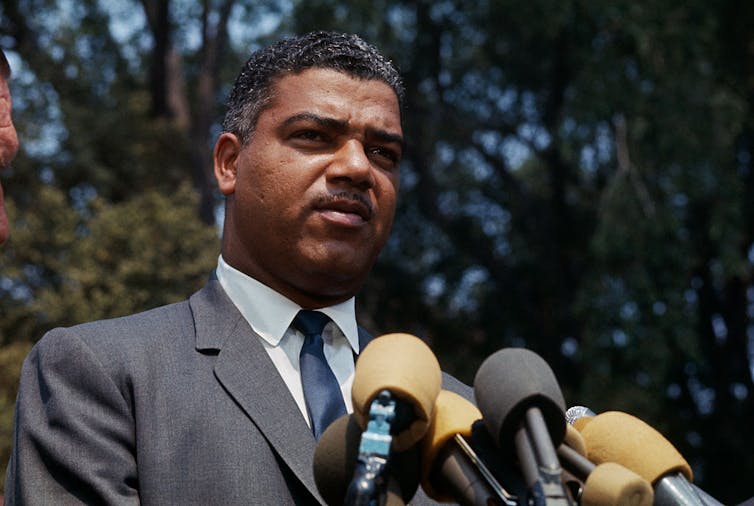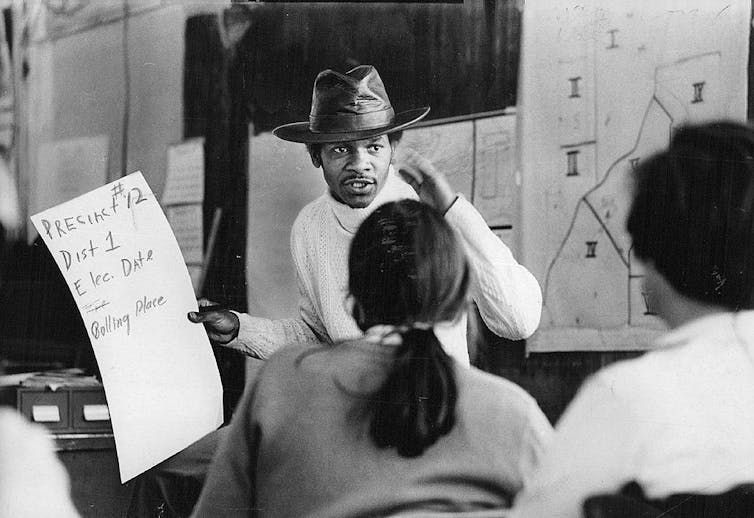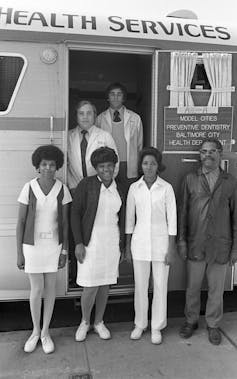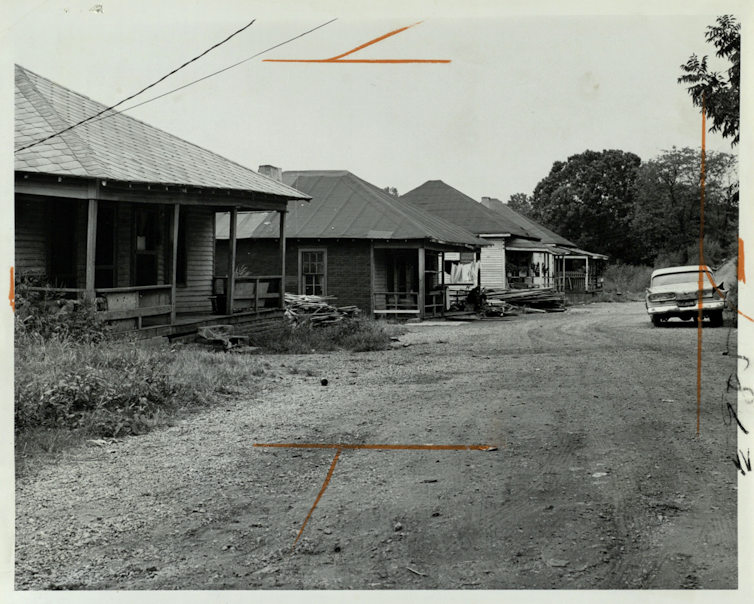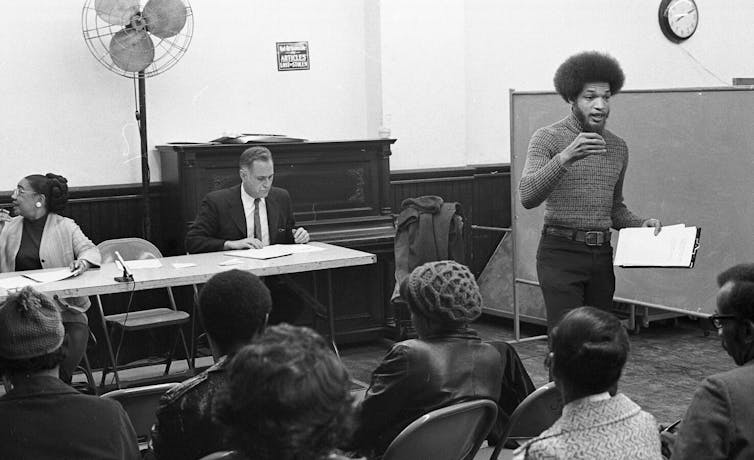Source: The Conversation – USA (2) – By Jonathan B. Santo, Professor of Psychology, University of Nebraska Omaha

Curious Kids is a series for children of all ages. If you have a question you’d like an expert to answer, send it to CuriousKidsUS@theconversation.com.
When does a kid become an adult? – Avery, age 8, Los Angeles
Not everyone grows up at the same pace, even though U.S. law holds that you reach adulthood when you turn 18. This is the age where you are treated like an adult in terms of criminal responsibility. However, states differ on the “civil age of majority,” which means that you don’t necessarily get all the rights and privileges reserved for grown-ups at that point.
For example, U.S. citizens may vote or get a tattoo without their parents’ consent when they’re 18, but they can’t legally buy or consume alcohol until their 21st birthday. Young Americans are subject to extra restrictions and fees if they want to rent a car before they’re 25 – even if they got a driver’s license when they turned 16 and have been earning a living for years.
Even physical signs of maturity don’t provide an easy answer to this question. Puberty brings about physical changes associated with adulthood like facial hair or breast development. It also marks the onset of sexual maturity – being able to have children.
Those changes don’t happen at the same time for everyone.
For example, girls typically start going through puberty and beginning to look like adults at an earlier age than boys. Some people don’t look like grown-ups until they’re well into their 20s.
In my view, as a professor of developmental psychology, what really matters in terms of becoming an adult is how people feel and behave, and the responsibilities they handle.

nedomacki/Getty Images
Age at milestones may vary
Because everybody is unique, there’s no standard timeline for growing up. Some people learn how to control their emotions, develop the judgment to make good decisions and manage to earn enough to support themselves by the age of 18.
Others take longer.
Coming of age also varies due to cultural differences. In some families, it’s expected that you’ll remain financially dependent on your parents until your mid-20s as you get a college education or job training.
Even within one family, your personality, experiences, career path and specific circumstances can influence how soon you’d be expected to shoulder adult responsibilities.

Ron Galella, Ltd. via GettyImages
Some young people technically enter adulthood before they turn 18 through a process called “emancipation” – a legal status indicating that a young person is responsible for their own financial affairs and medical obligations.
Economic independence is hard to attain for young teens, however, because child labor is restricted and regulated in the U.S. by federal law, with states setting some of these rules. States also determine how old you have to be to get married. In most states, that’s 18 years old. But some states allow marriage at any age.
Differentiating between kids and adults
Understanding the differences between how children and adults think can help explain when a kid becomes an adult.
For example, children tend to think concretely and may struggle more than adults with abstract concepts like justice or hypothetical scenarios.
Kids and teens also have shorter attention spans than adults and are more easily distracted, whereas adults are generally better at filtering out distractions.
What’s more, children, especially little ones, tend to have more trouble controlling their emotions. They’re more prone to crying or screaming when they are frustrated or upset than adults.
One reason why being fully grown up by the time you turn 18 or even 21 might not be possible is because of our brains. The prefrontal cortex, which is a part of the brain that plays a crucial role in planning and weighing risks, doesn’t fully develop in most people before their 25th birthday.
Making choices that have lifelong consequences
The delay in the brain’s maturity can make it hard for young adults to fully consider the real-world consequences of their actions and choices. This mismatch may explain why adolescents and people in their early 20s often engage in risky or even reckless behavior – such as driving too fast, not wearing a seatbelt, using dangerous drugs, binge drinking or stealing things.
Despite the medical evidence about the late maturation of the brain, the law doesn’t provide any leeway for whether someone has truly matured if they’re accused of a breaking the law. Once they’re 18 years old, Americans can be tried legally as adults for serious crimes, including murder.
These still-developing parts of the brain also help explain why children are more susceptible to peer pressure. For instance, adolescents are more prone to confess to crimes they didn’t commit under police interrogation, partly because they can’t properly weigh the long-term consequences of their decisions.
However, there are benefits to adolescents’ having a higher tolerance to risks and risk-taking. This can help explain why many young people are motivated to engage in protests regarding climate change and other causes.
Feeling like a real adult
In North America, some young people who by many standards are adults – in that they are over 20 years old, own a car and have a job – may not feel like they’re grown-ups regardless of what the law has to say about it. The psychologist Jeffrey Arnett coined the term “emerging adults” to describe Americans who are 21-25 years old but don’t yet feel like they’re grown-ups.
When someone becomes an adult, regardless of what the law says, really depends on the person.
There are 25-year-olds with full-time jobs and their own children who may still not feel like adults and still rely on their parents for a lot of things grown-ups typically handle. There are 17-year-olds who make all of their own doctor’s appointments, take care of their younger siblings or grandparents, and do all the grocery shopping, meal planning and laundry for their household. They probably see themselves as adults.
Growing up is about gaining experiences, making mistakes and learning from them, while also taking responsibility for your own actions. As there’s no single definition of adulthood, everyone has to decide for themselves whether or not they’ve turned into a grown-up yet.
Hello, curious kids! Do you have a question you’d like an expert to answer? Ask an adult to send your question to CuriousKidsUS@theconversation.com. Please tell us your name, age and the city where you live.
And since curiosity has no age limit – adults, let us know what you’re wondering, too. We won’t be able to answer every question, but we will do our best.
![]()
Jonathan B. Santo does not work for, consult, own shares in or receive funding from any company or organization that would benefit from this article, and has disclosed no relevant affiliations beyond their academic appointment.
– ref. When does a kid become an adult? – https://theconversation.com/when-does-a-kid-become-an-adult-246287



